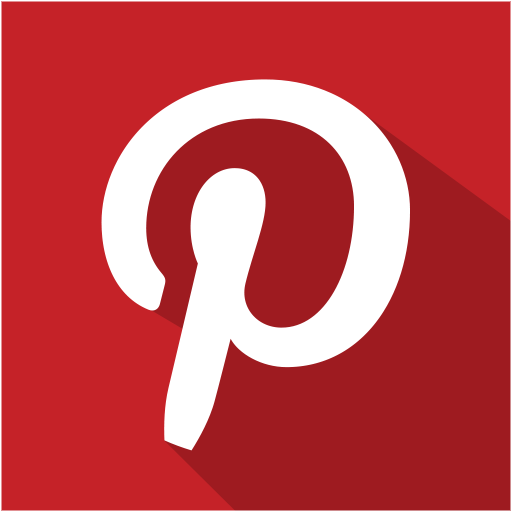Welcome Students Back to School with Icebreakers
Think about a time when you stepped into a classroom or event or any room full of unfamiliar faces. Daunting, right?
Using creativity, practical tools, and a little prep work, you can help your students and staff break the ice and begin building relationships quickly and successfully.
Relationships lie at the core of successful education, and icebreakers help initiate and grow relationships, according to Batsheva Frankel in The Jewish Educator's Companion: Practical Tools and Inspirational Ideas. Icebreakers accomplish many things — they can create a sense of community, encourage trust, and allow for better bonding experiences.
“Different situations may require different types of icebreakers,” Frankel writes. “Are students new to each other and the teacher? Are they first graders starting the school year or adults about to embark on a weeklong mission to Israel? Is it a camp session or a weekend retreat? Is it the beginning of the year or time for reconnecting in the middle of the year? Creating clear goals will help you choose what kind of icebreaker will best meet your needs.”
The Jewish Educator's Companion makes a great welcome-to-school gift for teachers to plan and generate ideas for the new school year. Here are 11 icebreakers from this valuable resource, with guidance on their ideal audience. Here are three to try when school kicks off.
Name Rhymes
Goal: To help all participants remember each other’s names.
Preparation: None.
The Activity: Each person comes up with a short rhyme or alliteration for their name that gives information about him- or herself. For example, “I’m ‘Love-to-Read Josh Fried’” or “I’m ‘Colorful Chloe.’” This works well with kids of all ages, as well as adults.
The Cinderella
Goal: To help people make strong one-to-one connections and see things from the perspectives of others.
Preparation: None.
The Activity: Everyone takes off his or her left shoe and throws it in a pile in the center of the room or space. Each person then takes one shoe from the assortment and has to find its owner. When they do, the shoe’s owner states five Jewish things about him- or herself — Hebrew name, favorite Jewish holiday, favorite Jewish food, etc. After everyone has learned a bit about his or her “Cinderella,” the person holding the shoe introduces its owner to the whole group. You can do this with as few as fifteen people and as many as seventy.
Making Connections
Goal: To help large groups connect in a quick and fun way by showing what they have in common, and to provide great conversation starters as people get to know each other after the activity.
Preparation: Gather chairs in a circle.
The Activity: Everybody sits in a circle. One person (often the teacher or facilitator, who also plays) stands in the center and says something about him- or herself like, “I am a Denver Broncos fan.” If someone else is a Denver Broncos fan, they can stand up and say, “I’m a Denver Broncos fan, too.” They come to the center, and the first person sits down. The second person shares a new fact about him- or herself, such as, “My bat mitzvah parashah was Bereishit (Genesis).” If no one else has a connection, the person in the middle has to come up with a new statement and try again. The facilitator can call “close enough!” and someone can find a tangential connection. For example, when the person says, “I’m a Denver Broncos fan,” the facilitator can also call “close enough!” and someone can stand up and say, “I lived in Denver once” or “I like watching football.” They would then go to the middle. Try to get everyone in the middle at least once. Or let everyone go only once.
Don’t forget to subscribe to our newsletter and connect with us on social media!




